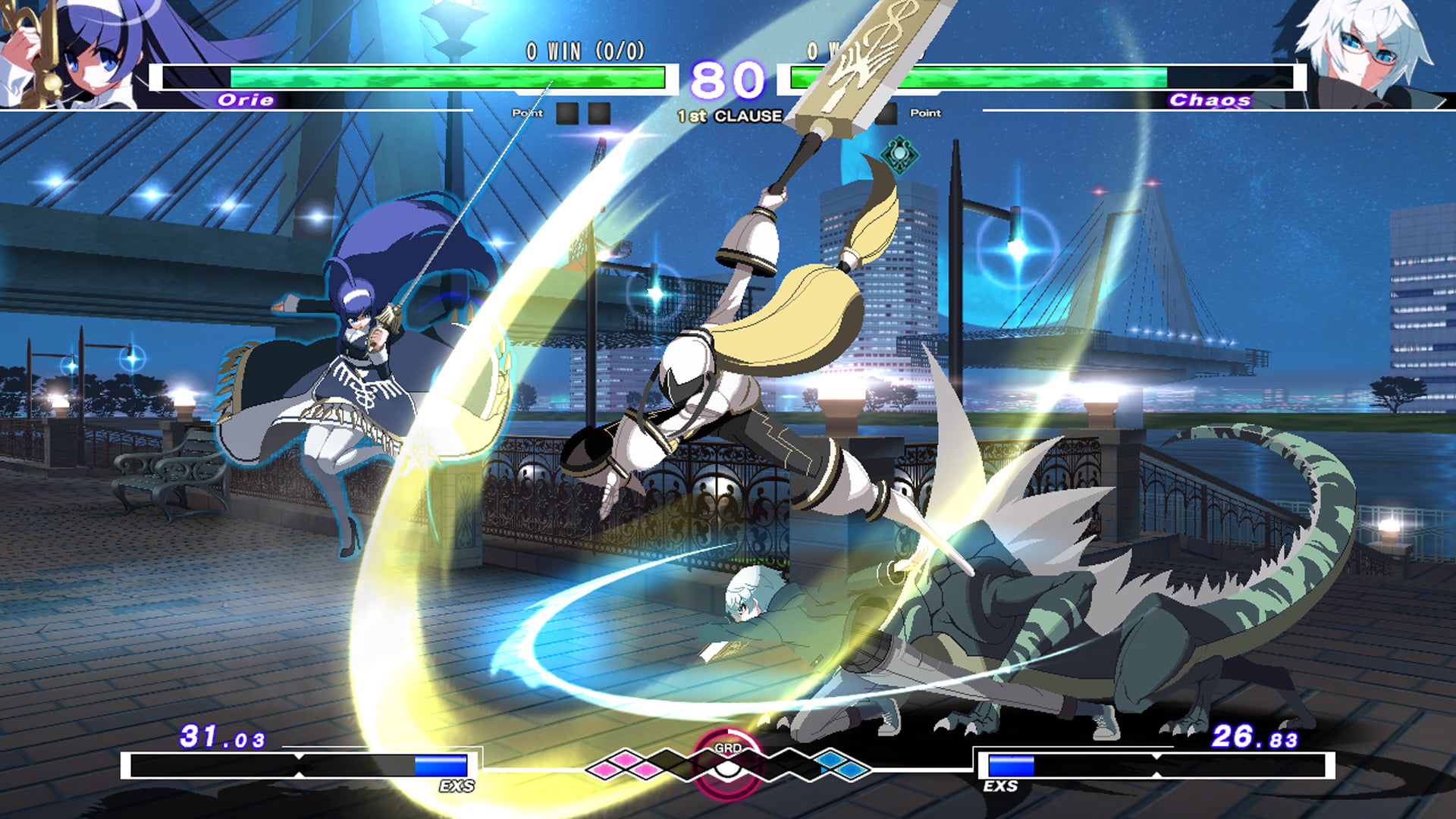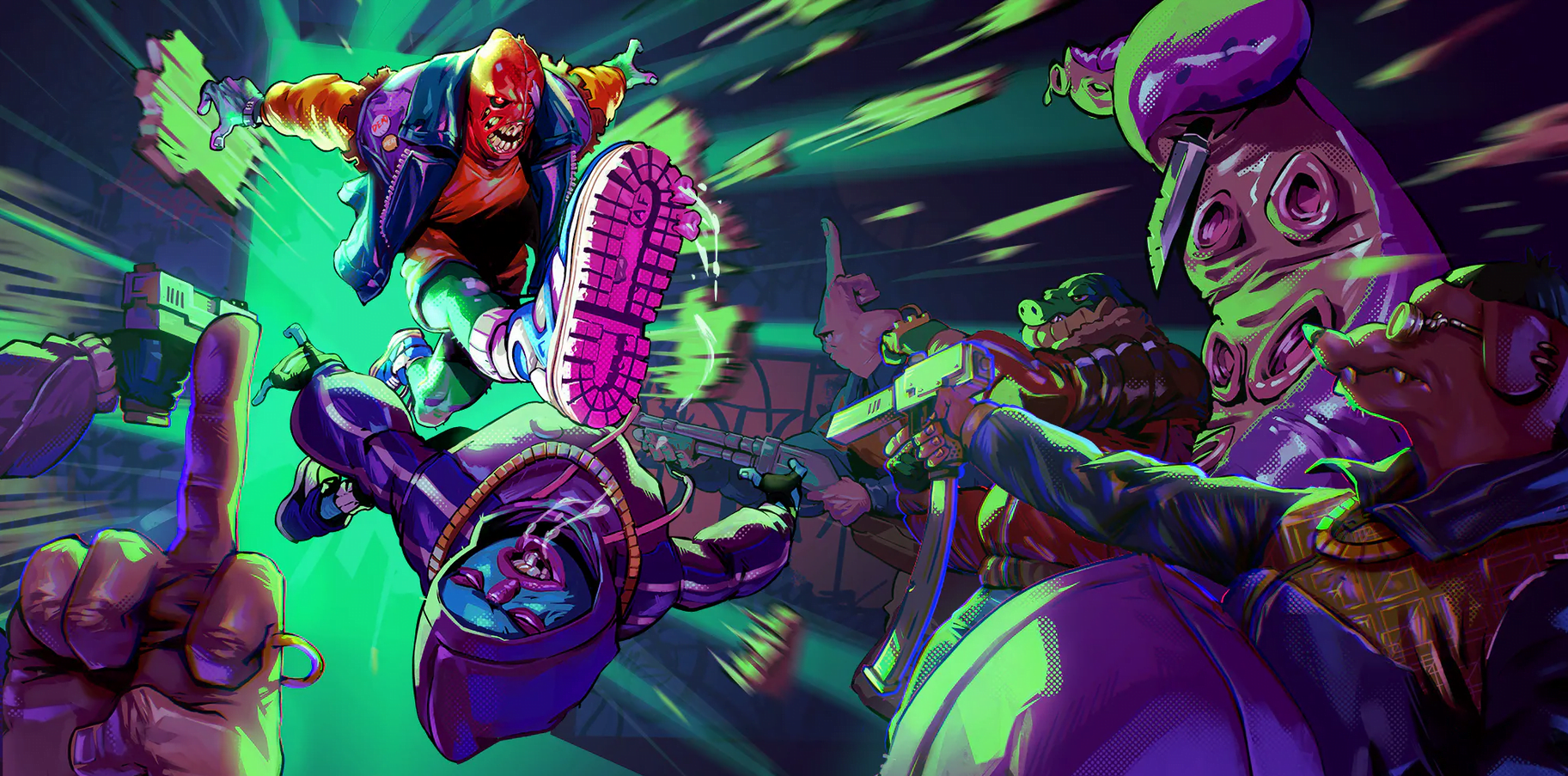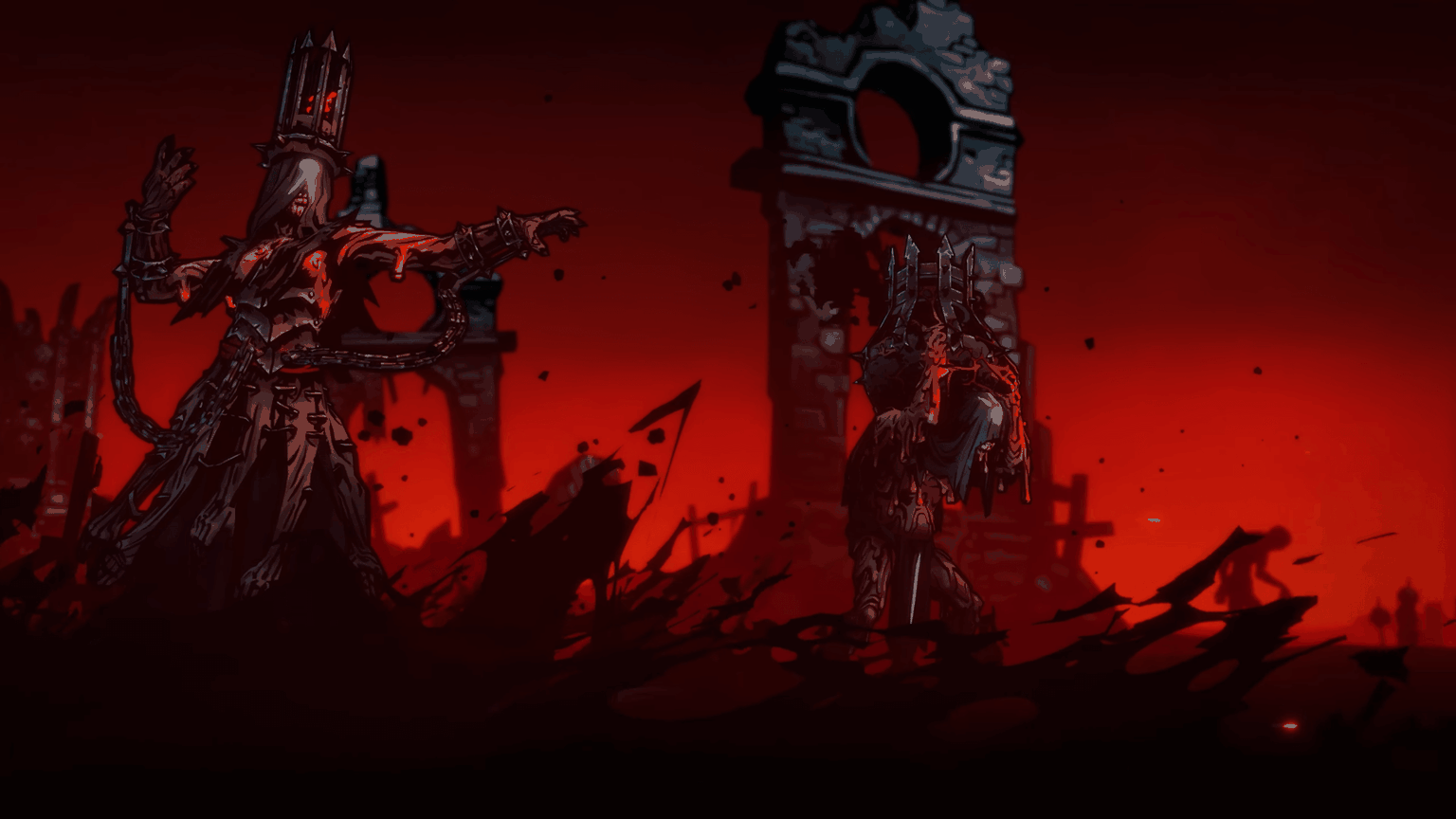It’s pretty wild thinking about how far Under Night In-Birth has come. What once started off as a niche anime fighter that was exclusive to arcades in Japan for a few years before finally being ported to consoles, quietly existing in it own little corner of the greater fighting game sphere, Under Night is now on its second year as one of the main games at Evo and regularly headlines tournaments both big and small. It took a while, but the game’s finally getting its due. And now with its latest iteration, Under Night In-Birth Exe:Late[cl-r], shaking things up and making everything fresh again, there’s never been a more perfect time to jump in and see what all the hubbub is about.
If you keep up with fighting games and the scene around them, chances are you’re already familiar with Under Night to some degree. If you aren’t, a quick rundown: Under Night In-Birth is an anime fighting game developed by French Bread, a studio primarily known for their work on Melty Blood, itself another fighting game with a cult following. I recall someone once describing it as “a fighting game where everyone is bullshit.” And, honestly? They’re not wrong. Under Night is a game where characters’ normals have absurd reach and their specials often hit anywhere from half to full screen. It’s a game where characters have unique traits such as being unable to be counter hit at all (yes, seriously) while still somehow being meticulously balanced. It’s utterly ridiculous and I love it. It’s one of the best and most exciting fighting games around right now.
Under Night In-Birth Exe:Late[cl-r], which was just released this past week, is the latest version of the game. So what’s new? In terms of balance changes, a lot. Everyone’s gotten new moves or have had old ones altered (mostly for the better), opening up a ton of new possibilities for each of them. In terms of raw content, not much. One new character — Londrekia, who uses ice powers to freeze his opponent, leading to some potentially nasty mix-ups and setplay — and one new stage have been added, along with some new combo trials for the rest of the cast. Otherwise the game is largely identical to the last version. If you already own a copy of Exe:Late[st] (the previous version), you can download the balance patch and upgrade for free, save for Londrekia who’s a separate purchase. While the update is out for PS4, PC players will have to wait, unfortunately, as there’s been no word on when [cl-r] will be out on PC. Steam database entries do suggest that a PC port is in the works, though, so hopefully it won’t be too long a wait.

If you’re entirely new to Under Night, it’s not too different from any other anime fighting game. It’s a four-button game (light, medium, and heavy attacks, and a button for system mechanics) and it’s fast and flashy with a heavy focus on lengthy combos. Main difference is how it’s slightly more grounded than a lot of its peers. While there are characters who have a strong aerial game, Under Night isn’t the sort of game where you see long strings of air-combos with mid-air jump-cancels. Heck, even air dashes aren’t much of a thing here as in other anime fighters (at least not the usual sense).
The cast basically covers every sort of fighting game character archetype. You’ve got your all-arounders in Hyde and Akatsuki, you’ve got rushdown in Wagner, Orie, and Linne; setplay (Byakuya and Carmine), zoners (Hilda, Vatista, Yuzuriha), grapplers (Waldstein and Mika), and any combination thereof — you name it, Under Night‘s got it. To make learning how to play them easier, the game’s mission mode, in addition to having a ton of example combos to look at to get a sense for their combo theory, also gives you some basic tactical pointers. Basic blockstrings that you can hit-confirm into a full combo, what their reversal options are, what their anti-air moves are and how to combo off them, and so on. So instead of having to purposely seek guides and information outside of the game to learn anything about your character (something that fighting games across the board seem to be getting better about, thankfully), you get a good starter primer built-in. They won’t make you instantly good at playing whoever you choose, but they do provide a very strong foundation to work from.
Neutral in Under Night is very much a game of patience. Between stagger pressure (delaying attacks on block to bait your opponent to press a button) and rebeats (using a light attack after using a medium or heavy one to keep yourself from being vulnerable to counterattack), you end up spending a lot of time blocking waiting for a chance to take your turn. It’s a game that moves very fast, but still feels readable and easy to follow.
At the heart of all this is the GRD (short for “grid”) meter. At the bottom of the screen is a bar that fills on both ends over the course of each match. Each side earns blocks for active play, basically — a good offense and defense will fill the meter in your favor, just as passivity will empty it. You can also exchange meter you’d spend on supers to gain blocks as well, albeit leaving yourself wide open in the process. Whoever has more blocks on their side when the GRD cycle ends (every 17 in-game seconds) enters a state called “vorpal,” which grants them a small boost to their attacks and activates their character’s vorpal trait (e.g. higher chip damage, faster start-up and recovery on certain attacks, and so on).
It essentially acts as an extra game of tug-of-war on top of the actual fight, as winning the GRD cycle can very much turn the tide your favor. Apart from the increased damage, it allows you to use “chain shift” to cancel attacks and briefly pause the action to give you a moment to quickly read the situation and react accordingly. If an attack of yours just missed, for example, you can use chain shift to either make yourself safe by blocking or try throwing out whatever your character’s reversal move is. New to [cl-r] specifically is, if you use chain shift and your opponent is already in the middle of an attack, there will be a flash of red over them to indicate that so you can act accordingly. Given how often you had to guess before, this change is extremely good and useful.

GRD is by far the most genius mechanic in Under Night because it makes every moment much more interesting. Because every action taken affects the GRD meter in some way, neutral becomes just as much about winning vorpal as it is about simply opening up your opponent. On offense, that’s achieved by staying on your opponent and trying to find ways to break through their defense. On defense, you just have to shield. Shielding is essentially an enhanced guard that when timed correctly builds GRD and pushes your opponent out so you can try taking your turn. Time it wrong and you leave yourself vulnerable, however, basically giving your opponent a free opening. It’s a great system because it makes basic defense a lot more powerful without making it needlessly complex, effectively making blocking and shielding its own kind of offense.
It’s a lot to take in at first. While I wouldn’t say it’s as complicated as some other anime fighters, Under Night definitely has a clear learning curve. The game’s excellent tutorial helps in that regard (especially if you’re new to fighting games entirely or just inexperienced), as it covers just about everything you’d want or need to know. From the very, very basics to advanced techniques like option selects (e.g. a combo of buttons that cover multiple situations, often involving throws), it goes well out of its way to familiarize you with fighting games at large and Under Night‘s own systems. When I started playing Under Night back in 2018, having never seriously gotten invested in a fighting game before then, I learned a lot about them that I frankly probably wouldn’t have ever figured out myself as a purely casual fan of the genre at the time. It’s not perfect, of course — for as detailed as it is, it still gets bogged down in jargon (mostly in the sense that the game has a lot of its own weird terminology for most everything) and explains some things with a simple text box without demonstration or letting you do it yourself, which isn’t always helpful. But in terms of raw information, it’s definitely one of the better ones around.
Under Night is excellent. It’s the first fighting game I’ve seriously learned how to play, and it’s only gotten better with its newest iteration. Under Night In-Birth Exe:Late[cl-r] further refines the already excellent foundation of the previous version and makes an already excellent game even better. With a fantastic suite of resources to teach you how to play it and a wide range of characters that cover just about every character archetype you’d want, Under Night strikes a fine balance of having a ton of depth and nuance while still feeling surprisingly approachable. It’s a game that’s easy to pick up on a basic level while maintaining a massive skill ceiling if you really want to get into it. If you have any interest in fighting games, you should play Under Night.





